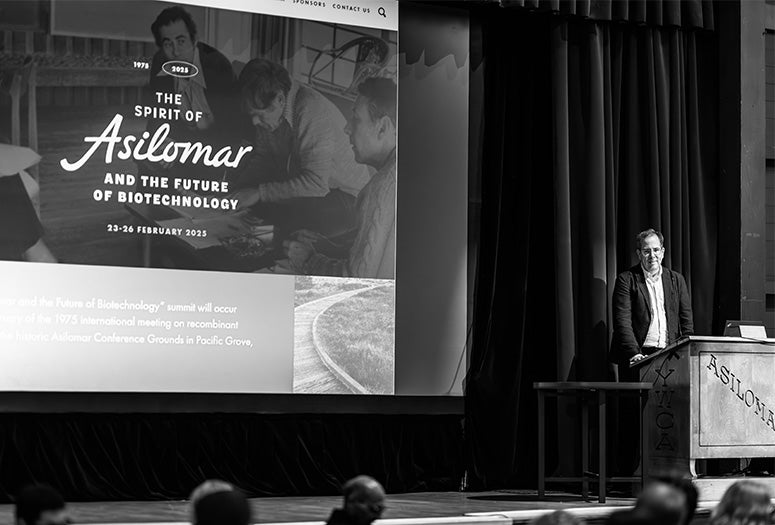Twenty-seven entreaties drafted and endorsed following discussions at the 50-year anniversary summit of the 1975 Asilomar Conference on Recombinant DNA have been published and archived at Rice University’s Fondren Library to serve as a reference on biotechnology governance for scholars, policymakers and the public.
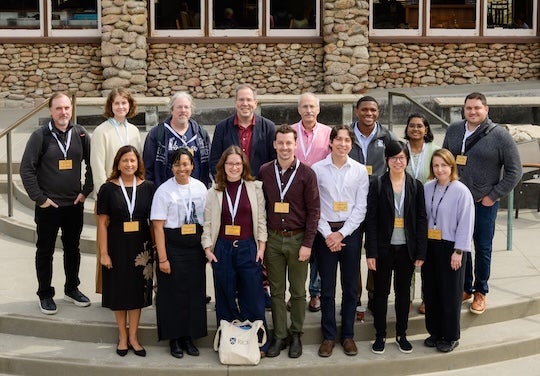
Entreaties can be viewed on the Rice Research Repository website at Fondren Library. Here is a link that presents the entreaty collection in numerical order. Here is a permanent URL for the entire collection.
Each accepted entreaty had endorsements from at least 10% of attendees at the 2025 Spirit of Asilomar and the Future of Biotechnology summit held February in Monterey, California, which served as a platform to reflect on historic scientific advancements and redefine the future of biotechnology. Once archived, the documents will serve as calls for dialogue and recommendations on the ethical, security and regulatory implications of biotechnology research in areas of contemporary relevance — e.g., the intersection of artificial intelligence and synthetic biology, environmental applications of engineered organisms and more.
Half a century ago, the original Asilomar conference concluded with the development of a formal statement that would serve as the blueprint for the National Institutes of Health Guidelines for Research Involving Recombinant DNA Molecules and influence the design of biosafety levels (BSLs) for classifying the risks of recombinant DNA experiments. BSLs form the basis for research safety protocols in laboratories across the world to this day.
The recent three-day summit, co-organized by Rice science historian Luis Campos and collaborators at Stanford University and the Science History Institute, yielded no single formal output at its conclusion, but instead initiated a three-month-long process of drafting, revision, evaluation and endorsement resulting in the publication of the 27 entreaties.
“I’m very pleased to report to you today … that the endorsement process has concluded … and we have 27 of these entreaties that are going forward,” Campos said during a debriefing and collaborative discussion session hosted at Rice by the Ken Kennedy Institute, the AI2Health cluster and the Synthetic Biology Institute June 2.
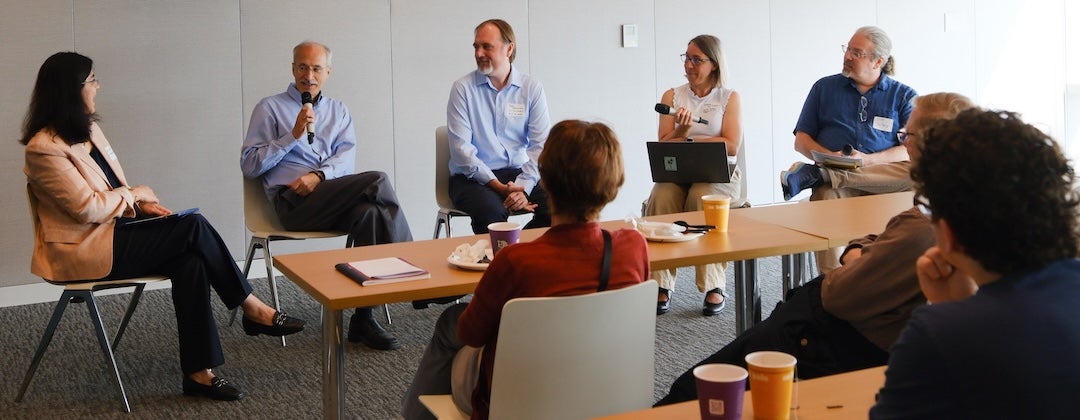
The entreaties address a series of responses to what Campos called a “perennial question” accompanying the development of powerful new technologies, namely “how to focus on questions of potential hazard and the potential risk of new technologies in order to figure out how to safely proceed with exciting new areas.”
During the debriefing chaired by Lydia Kavraki and Caroline Ajo-Franklin, Rice researchers who participated in the 2025 Spirit of Asilomar summit shared some of their takeaways and reflected on its potential legacy.
Biotechnologies beyond conventional containment
Jonathan Silberg, the Stewart Memorial Professor of Biosciences, noted the marked shift from the original Asilomar meeting, where debates centered on the containment of genetically engineered organisms in the lab, to contemporary challenges that extend to the deployment of such organisms in open environments. To illustrate this shift, Silberg cited the nitrogen-fixing bacteria now deployed on millions of acres of farmland in the U.S. as well as the 1989 use of engineered bacteria to clean up a phenol spill in Estonia.
Silberg recounted highlights from discussions in the Biotechnologies Beyond Conventional Containment (BBCC) working groups at the Spirit of Asilomar summit, including the idea of environmental safety sevels — a parallel to BSLs but designed to address safety protocols around the intentional deployment of synthetic organisms in open ecosystems such as soils and bodies of water.
One of the entreaties stemming from the BBCC theme, titled “Identifying and Addressing the Risk of the Environmental Release of Organisms,” proposes a nonexhaustive “parameter space … applicable to diverse organisms across the tree of life” for “evaluating potential hazards, their measurability and mitigation strategies.” The BBCC theme at the Spirit of Asilomar conference was co-chaired by John Marken and Richard Murray.
Pathogens research and bioweapons
The original 1975 Asilomar Conference on Recombinant DNA excluded discussion of biological weapons, a topic viewed at the time as largely resolved thanks to the signing of the Biological Weapons Convention (BWC) two years prior. Yousif Shamoo, the Ralph and Dorothy Looney Professor of Biosciences, argued that revelations about BWC defiance by state and other actors in the intervening decades raised the necessity of a renewed condemnation of the development and use of biological weapons.
One of the published entreaties, “Condemning and Making Obsolete Biological Weapons,” takes a renewed stance against the development, stockpiling and use of such weapons. The entreaty stems from discussions in the Pathogens Research and Bioweapons theme at the February summit, chaired by David Relman and Andrew Weber.
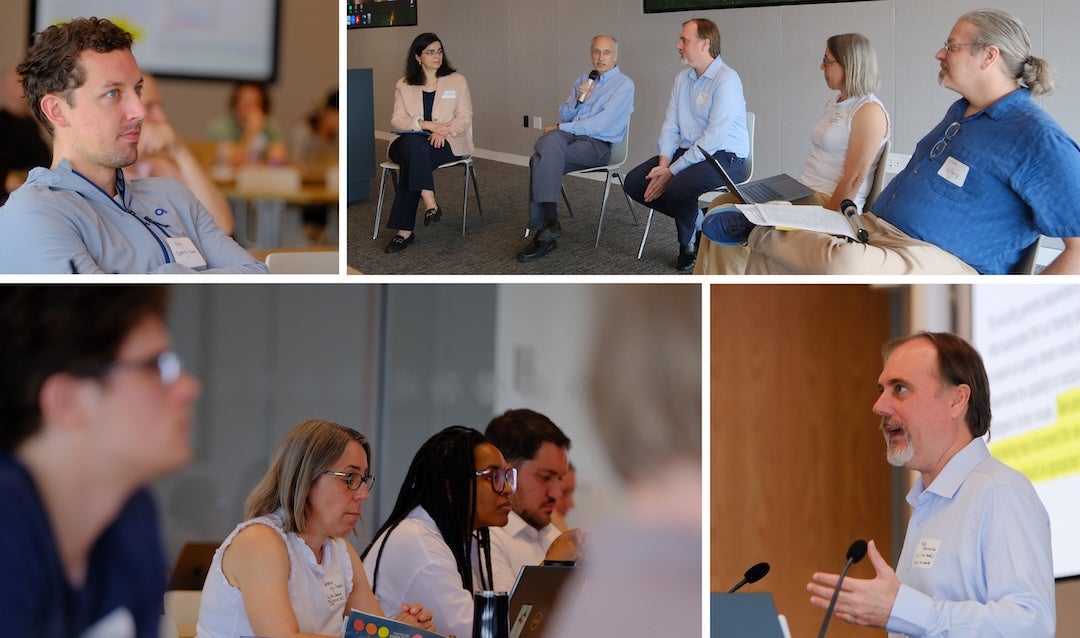
AI and biotechnology
At the February summit, Todd Treangen, associate professor of computer science and AI2Health research cluster lead at Rice, and Vicky Yao, assistant professor of computer science, each led distinct yet complementary discussion groups focused on the governance challenges of AI-enabled biotechnology.
Yao co-facilitated the Governance and Risk Management working group, which agreed on the need for adaptive, stage-specific regulation for the development pipeline of AI-biology tools. Each inflection point in the pipeline ⎯ from data access to algorithm development to biomolecule synthesis and finally to deployment ⎯ carries specific risks and opportunities for governance.
Discussions in the Data Access working group co-facilitated by Treangen (alongside Raphael Townshend, CEO of Atomic AI) grappled with the tension between open science and risk of misuse. One of the examples brought up was that of Evo 2, a large language model trained on all available genomic data and designed to predict and generate genomic sequences. The model excluded from the dataset sequences of known human viral pathogens, yet within a month of publication, a user reintroduced the pathogen data and made the model available on GitHub. The example showcases how intentional design for safety is bound to fail in the absence of shared, enforceable norms for use and access.
Some of the “considerations for action” proposed in the entreaty Yao and Treangen helped co-author, titled “Artificial Intelligence and the Future of Biotechnology,” include integrating built-in safety guardrails into novel applications to “enhance traceability and reduce the risk of harmful outputs”; pursuing “AI-resilient” screening procedures “that could detect known as well as novel, potentially harmful molecules or biological systems, generated via AI tools and pipelines”; and “using ‘selective revelation’ protocols to confidentially log and govern orders for biological molecule synthesis.” The entreaty leads and chairs of the AI and Biotechnology theme at the seminar were Yana Bromberg, Michael Imperiale and Russ Altman.
Another consideration for action proposes a “tiered system of DALs (data access levels)” inspired by biosafety levels but applied to AI models. The idea is to stratify models based on the level of risk they pose with the caveat that such a system would be insufficient in and of itself and would need to be “complemented with additional strategies such as watermarking, encryption, credentialing users or a warning system highlighting users who raise concerns.”
Campos’ international outreach
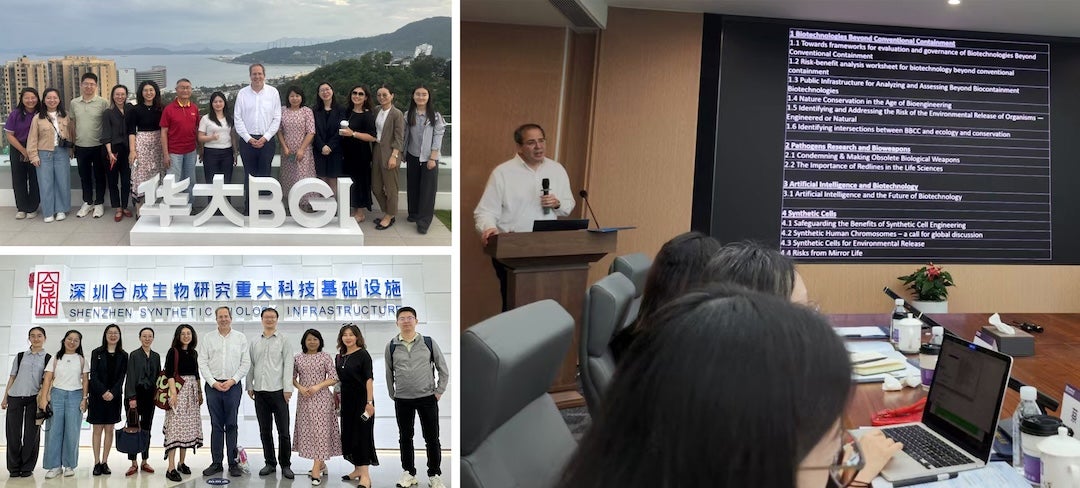
Campos recently reported on the Spirit of Asilomar summit in a workshop with the Chinese Academy of Sciences called “Framing Future Biotechnology: Intersections of Synthetic Biology, Ethics and Governance.” The workshop was held at the Shenzhen Institute of Advanced Technology and its affiliated Shenzhen University of Advanced Technologies, home to the world’s largest public biofoundry. Campos also visited the headquarters of BGI Genomics, a leading global DNA sequencing company.
Currently, Campos is attending an international conference on the risks of mirror life held at the Institut Pasteur in Paris, and next week he is travelling to Perth, Australia, where he will deliver an hourlong radio broadcast about the Spirit of Asilomar summit.
These trips parallel Campos’ earlier international outreach in the leadup to the summit, which included a presentation at the Bio and Emerging Technology Institute in Addis Ababa, Ethiopia.

